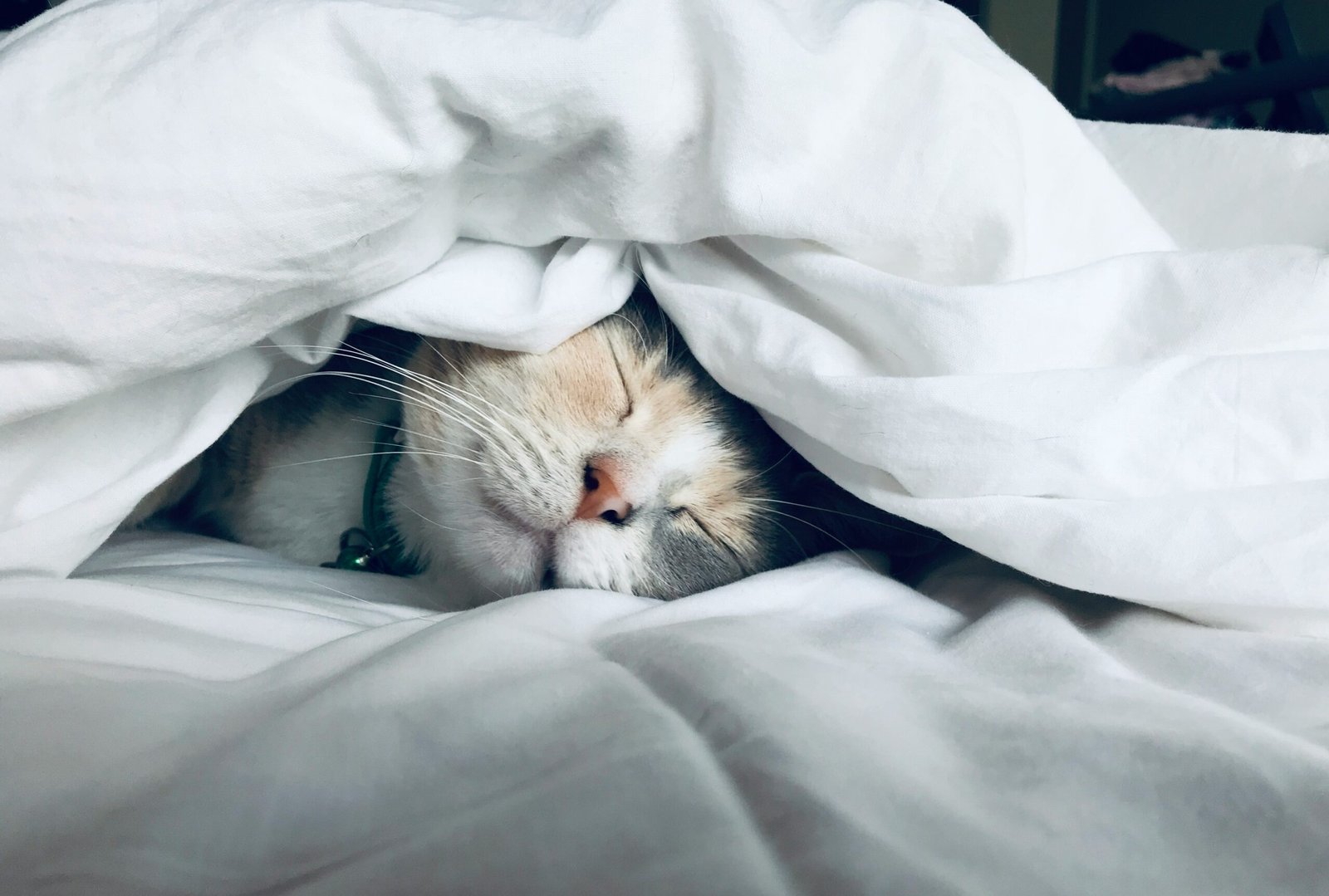
You are breathing wrong!!??
“So!”
Can you fathom the thought that the very basic function that keeps us alive is being done wrong by us day after day , every day of our lives?
Its not eating!!!!
Which you obviously know YOU ARE DOING WRONG! All thanks to the social media influencers selling tricks for loosing belly fats, gaining glute muscles in a week or those silly challenges of getting you 6 pack abs.( I consider them silly because the people who follow them do believe that 30 days of 5 minute exercise will negate their life time of hogging shit!)
It infuriates me.
Makes me think where in the world is their common sense.
Or is it that expecting common sense these days is ironically the lack of common sense????
Anyways!
Getting back, so the thing that you are doing wrong, and nobody is talking about is BREATHING!
Yes, you read that right, you are inhaling and exhaling the wrong way.
Now before you call me names and challenge my knowledge, answer these simple looking questions.
-
- Do you think breathings is a voluntary / involuntary act?
- How many times do you breathe in a minute (Count it right now and you might get the right answer.)
- Do you exercise?
- Do you swim?
- Do you run?
- Are you finding ways to avoid playing with your kids because they drain you out quickly and you are left with hands on your knees gasping for air??
Yes…. I am sure I hit a few strings there ….and that must have sounded some notes in your head.
If yes, read on!
No one teaches us to breathe!
Have you ever been taught by your mom to breathe in a certain manner?
Has your dad asked you to inhale for a certain time?
Other than your swimming instructor has anyone else asked you to hold your breath, focus on your breathing?
Has your gym personal trainer ever guided you to inhale for a certain range of movement and warned you against certain movement during a certain period of your respiratory cycle????
I am darn sure that the answer to most , if not all, questions is ……………………………………………………..What Nonsense? Why will any one teach me how to breathe? I am alive because I am doing it right!
In which case you are probably doing it the best you can and you are one the wrong page of self realization and self discovery!
Click away! Go get your brain anesthetised by those Insta stories or YoobToob Shorts
Have a good one mate.
Wiser ones will answer a…………….. Simple No and will want to find out why I am talking about it!
There are a wide variety of research going on how to breathe and most of them have confounding results. Some encourage deep breathing whereas other condemn it.
Some think “Normal ” breathing is err….normal and other think otherwise.
What holds significance is the duration of these studies and there effects. Most of these studies have been done on a cross section of population. More often than not they were conducted on people who were having respiratory ailments as they were the ones available… easily.
Now before you start roasting me/ have already crucified me in your heads please keep reading and it will all make sense…eventually!
A few, surely, have been done on healthy subjects as well but then the duration for which these things have been studied is too short and the sample size too small to accept the conclusions of these hypothesis.
I being a scientist doesn’t believe anything and everything that a book says ( That book can be any book, mind you!) unless I can find conclusive evidence that the text mentioned in that book can be scientifically proven or experienced.
EVIDENCE IN NATURE
Ok, lets get to the main issue.
How long does a Turtle Live?
How long does an African Elephant live?
How long does a Dog live?
And that little rat?
And an average human being?
Ok now keep those answers in your head and soon the fog of confusion will wither away, and you will see the horizon crystal clear!
Humans breathe at a rate of 12-16 breaths per minute. They usually inhale for 3-5 second and inhale like in 2-3 seconds.
That’s average.
Not talking about a conditioned sportsman or that one fellow who can ,for the sake of challenge, inhale and inhale till he drops down. Almost dead!.
So its for “normal” people.
Now its your turn.
How often do you breathe? (Sounds silly but then that’s the whole story about. Making you realize that it might be the most important question you were ever asked!)
Now if you are in the normal group then its ok and you can continue reading further.
If you are breathing more than the “normal” person then you ,my dear, are heading towards a wall at an astronomical velocity.
That wall my friend is called death. (which will finally get to all of us but you, are in a hurry to reach it. (literally and metaphorically!))
So, if want to slow down you should not only read this but make it your bible and practice it like a damn religion. Without question and full commitment!
So, like 5000 years ago or even before that (no one knows the exact date) some seers passed down their teachings to their disciples and few of them finally converted them to written texts.
They talked about uniting the body, the mind and the spirit.
Those teachings were meant to help the practitioner over come disease and suffering and evolve spiritually to a state of liberation.
They stated, “When the breath is unsteady, all is unsteady; when the breath is still, all is still.”
What the West has come to now as breathwork exercises are basically methods taken from the Eastern cultures where emphasis was laid on breath awareness, above everything else.
Anāpānasati refers to the mindfulness of breathing. It is the most important part of Buddhism meditation. Arguably Buddhism also originated and flourished during the same time when Yoga was spreading as a method of meditation and of becoming mindful of oneself. So, some believe Buddhism also adopted Yogic Principles in its teachings.
Tai Chi is an ancient Chinese martial and revolves around meditation and movement, and among its five key elements are Neigong and Qigong, both of which prominently feature working with the breath. The commonest technique is called Crane Breathing.
Yoga is an ancient Indian practice that aims to bring harmony throughout the body by focusing on the breath , a method called “PRANA-YAMA”.
In Sanskrit, prana means “vital life force” and yama means “control”.
The controlling of breath is considered to be the key to quietening the mind and gaining higher consciousness.
Just so that you know a few names who do practice Yoga are- Lebron James, Sting, Jon Bon Jovi, Chris Hemsworth and our very own Iron-man aka Robert Downy Jr.
That was to exemplify why breathing is so very important and more than just doing it, doing it right is even more so!
The 1:1?
So what are we doing and where are we going wrong?
I will keep it simple for you.
No tech-talk.
Heart-to-heart!
Ok lets see… what we do is a shallow 1-3 second inspiration and a rapid 1-3 second exhalation.
Go on check for yourself.
It will be even lesser if you are sitting most part of the day , have no fitness regime, and have grown a beer belly over the pandemic.
Well here is what we do
1:1
quick inspiration and if not an equally expiration then definitely a shorter expiration than our inspiration.
So basically, we are running through a quick succession of motor activities “unknowingly” not utilizing our complete lung capacity and all the nooks and corners of our inflatable gas exchanging apparatus.
Go through the scientific text while you sit on your comfy couch scrolling through endless stories and shorts , that humans only use the middle part of their lungs for respiration and most of the diseases effect the upper and the lower parts of the lung.
Why?
Because they don’t get enough air(and hence oxygen) to fight against the diseases.
Breath Awareness vs Excessive breaths (Hyperventilation)
The first thing that breath awareness exercises teach us, is becoming “aware” of your lack of proper usage of your lungs.
They teach that you have to inspire deeper and longer and make use of the alveolar real estate you have in your chests.
But what they don’t teach is to over do it.
At least Yoga doesn’t. It wants you to be comfortable in whatever you ae doing. Pushing and hurting your body is definitely not its aim.
People who know a little bit about wellness know what I mean!
You are not being advised to breath faster and more frequently.
Rather on the contrary you are being asked to breathe less!
What???
I just said you are not breathing enough and now I am asking you to breathe less!!!!
I must be mad!!!
Well, apparently not!
By breathing less you are not being asked to deprive your divine gift (your body, off course! ) of the source of life, the air!
Breathing less means spending more time in your efforts of breathing.
Reducing the frequency of your breaths.
The concept of 1:4:2
Well, it might be a bit daunting for you to think of scaling the Everest but people who commit to it have scaled it many times over.
Same is true for everything!
Even your breathing can be modulated “voluntarily’ and your brain conditioned to do the same ” involuntarily”
So what is this mumbo jumbo 1:4:2?
Remember the 1:1?
Now inspirational and expiration were equal?
Here nothing is equal.
You inspire for what ever time you can/want.
Then ( hold on to your knickers!) you hold your breath for 4 times the duration of your inhalation.
and once you have been able to hold it for that duration you exhale “Slowly” for twice the duration you inspired.
Sounds Crazy?
Well its not.
( The practitioners of Yoga can Inspire for 10 seconds , Hold for 40 seconds and exhale for 20 seconds…that’s a single breath lasting for more than a minute!! )
Once I tell you this technique can add years to your life.
Now who wouldn’t want that??
If you have noticed there is emphasis on breath retention.
Retaining breath trains your mind and body. How?
Let’s see.

Your body is currently used to breathing in- breathing out and using whatever oxygen you are giving it.
The lungs are not being used at their optimum level. so available oxygen is not at optimum level.
Now you will argue my saturation is 97% or 98%.( Covid made us all self indulged, self-proclaimed , to some extent self-sustained medical professionals.)
And You are right.
But its not just the saturation in the blood that matters. Its the amount that reaches the tissue and then the amount the tissue can actually use for its own good.
The sooner your body takes up oxygen the sooner it throws out the carbon dioxide ,sometimes even not using the small amount of oxygen you gave it.
Now!
What the 1:4:2 does is that it makes you to inspire deeper( because if you don’t you will not go through the 4:2 as well.)
Use all those small pockets of air in your lungs ( called alveoli) for more exchange of gases between interior and exterior of the body.
You inspire more so more oxygen will be carried by the blood.
Then when you “retain” it the oxygen so available in the blood is exchanged better between the blood and the tissue (as now it has more time , you see!)
Once the appropriate exchange has happened and you expire SLOWLY you do so in a controlled manner thus taking control of your breathing.
Slow exhalation also is anxiolytic. It sooths your body and brain.
But I cannot always do this 1:4:2 in the daily routine. You would say!
And you wouldn’t be wrong in saying that!
It’s not supposed to be your breathing pattern normally.
These breathing exercises are supposed to train your muscles and more importantly your body that it has to function in a certain way.
And here is where the question of is breathing voluntary or not is answered.
Its involuntary for most people but you can voluntarily make it work in a manner that it will remember to do the same involuntarily.
Muscle memory, in lay man terms.
The deeper you breathe and slower you breath the more your body utilizes the oxygen, making you feel relieved and stress free.
Stress reduces life expectancy.
Anything that reduces stress increases your life.
So, we are finally agreeing on things. Let’s keep going then!
Chest is the body part meant for breathing! Not so!
Well, you couldn’t have been more wrong!
We have been influenced by Youtubers and the chiseled body influencers that you breath into your chest and tuck in your abdomen/belly.
A bulging belly is now a stigma.
Let’s see what breathing through your chest does:
Breathing with “just” the chest or the shoulders restricts you from using your complete lung capacity.
A lung is supposed to inflate like a balloon. It has to expand outwards(chest), upwards(shoulders) and also downwards(belly) to inflate properly.
Imagine you restricting the belly movement.
That can have some serious effects-
As the diaphragm contracts it flattens out. In the process it causes the pressure in the abdominal cavity to increase( that’s what makes you defecate / urinate) now if the abdominal muscles relax the abdominal pressure is dispelled and the lungs expand further. This continues until the abdominal muscles have been stretched to their very limit when a reflex contraction of abdominal muscles happens reversing the whole process along with the relaxation of the diaphragm.
Now what happens if you don’t use your belly for breathing?
The intra-abdominal pressure stays increased with each breath and a persistent increase in this pressure can lead to hernias.
This is in addition to the incomplete breathing you subject yourself to.
Breathing with the chest or the shoulders only will create tension and stiffness in the neck and the upper back thus affecting your posture and spinal alignment.
Why use your Belly for Breathing?

One is for the good breathing cycle and the effects as we have discussed just now.
There is more?
Yes, absolutely!
Breathing through the belly moves and massages your internal organs and stimulate the vagus nerve, which can improve the digestive and the nervous systems.
Pancreatic movement and massage is known to release more insulin thus helping you lower blood sugar levels.
Sugar levels are known to be a causative factor in development of many cancers.
Cancers reduce life, don’t they?
Anything that prevents Cancers increases life, eventually.
Makes sense now?
Read on. There is more.
Your Mouth is meant for eating! Not breathing!
Another shocker?
You must be, “Che cosa? Ho fatto tutto sbagliato nella mia vita?”.
(Translates into: What??? Have I done everything wrong in my life?”
Maybe yes. Maybe No.
You are not supposed to inhale or exhale through your mouth and if you have been then……
You got that right!!!
…you have been doing it wrong AS WELL!
The breathing apparatus of our body starts with our nose and ends with it.
A quick science lesson.
A nose filters, humidifies and warms the air that goes into your lung.
Your mouth doesn’t!!
While exhaling if you breath out through your nose your sinuses get ventilated and cleared.
If you breath out through your mouth none of that happens.
Further, people who are nose breathers have lesser incidence of developing allergies and hay fever in life.
And so that is another thing that you can do right.
BREATHE THROUGH YOUR NOSE! KEEP YOUR MOUTH SHUT WHEN BREATHING!

The Benefits of Breathing Correctly
And we come to how you ca increase your life expectancy by giving up wrong breathing habbits….
1. Stress Reduction
Deep breathing triggers the body’s relaxation response, which helps to lower stress levels. By focusing on your breath and taking slow, deep breaths, you can calm your mind and reduce anxiety.
LOWER STRESS = MORE YEARS
2. Improved Oxygenation
Proper breathing allows for better oxygenation of the blood, which is essential for the optimal functioning of our organs and tissues. When we breathe deeply, we increase the oxygen supply to our brain, muscles, and cells, boosting our energy levels and overall well-being.
BETTER OXYGENATION OF THE BODY= MORE EFFICIENT FUNCTIONING = BETTER LIFE
3. Enhanced Focus and Concentration
When we breathe shallowly, our brain receives less oxygen, leading to a lack of focus and mental clarity. Deep breathing improves cognitive function, helping us to stay alert, focused, and productive.
BETTER BRAIN FUNCTION = BETTER LIFE
4. Boosted Immune System
Deep breathing stimulates the lymphatic system, which is responsible for removing toxins and waste from our bodies. By improving lymphatic flow, proper breathing supports a healthy immune system, reducing the risk of illness and promoting overall wellness.
BETTER IMMUNE FINCTION = LONGER LIFE
5. Improved Digestion
Deep belly breathing massages the organs in our digestive system, promoting better digestion and absorption of nutrients. It can also help to alleviate digestive issues such as bloating and constipation.
BETTER DIGESTION = BETTER EVERYTHING
Tips for Incorporating Proper Breathing into Your Daily Routine
Now that you understand, I suppose, the importance of breathing correctly, it’s time to incorporate it into your daily routine.
Here are a few simple tips:
- Set aside a few minutes each day for deep breathing exercises. Find a quiet space, sit comfortably, and focus on your breath. GYM IS NOT THE RIGHT PLACE. Too much noise!
- Practice the 1:4:2 breathing pattern mentioned earlier. Inhale for one count, hold for four counts, and exhale for two counts. CAN DO EVEN WHILE COMMUTING TO WORK.
- Place one hand on your chest and the other on your belly. As you breathe, ensure that your belly rises and falls with each breath, while your chest remains relatively still. DO THIS EARLY MORNING OR AT BED TIME. This can be modified by isolating belly movements from chest movements and vice versa.
- Consider incorporating mindfulness or meditation into your routine. YOGA HAS BEEN THERE FOR MORE THAN 5000 YEARS, SO YOU CANNOT GO WRONG WITH IT. These practices often emphasize deep breathing as a way to cultivate presence and relaxation.
Remember, breathing is something we do unconsciously every day, but by bringing awareness to our breath and practicing proper breathing techniques, we can unlock its full potential and experience the numerous benefits it offers.
So take a deep breath, relax, and let your breath be your guide to a healthier, happier you.
And remember that the journey to your goal becomes easier when you find a reason good enough.
Here the reason is your life!







